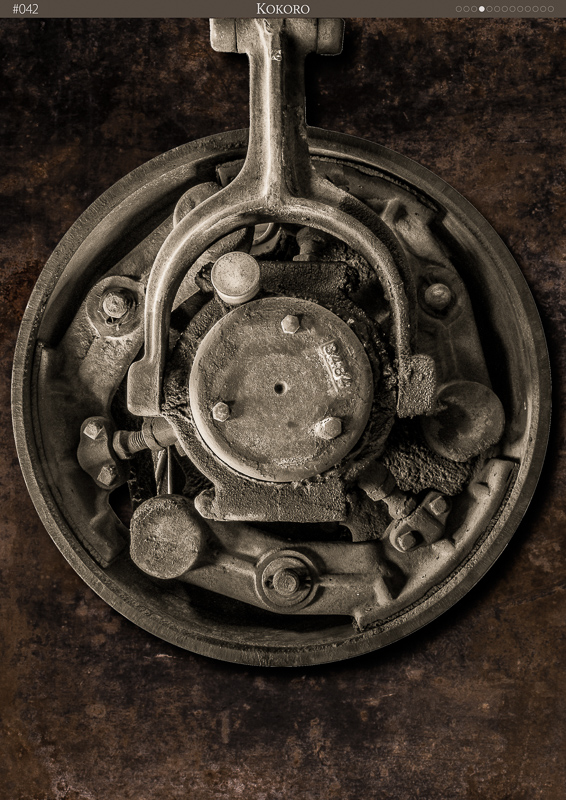Every Picture Is a Compromise
Lessons from the Also-rans
Most photography websites show the photographer's very best work. Wonderful. But that's not the full story of a creative life. If we want to learn, we'd better pay attention to the images that aren't "greatest hits" and see what lessons they have to offer. Every picture is a compromise — the sum of its parts, optical, technical, visual, emotional, and even cosmic – well, maybe not cosmic, but sometimes spiritual. Success on all fronts is rare. It's ok to learn from those that are not our best.
This is a series about my also-rans, some of which I've been able to improve at bit (i.e., "best effort"), none of which I would consider my best. With each there are lessons worth sharing, so I will.

Previous image | Next image |
Original digital capture

Background Week
Sometimes, the picture succeeds not because the subject is powerful, but rather because the background makes the subject more visually captivating. This week's examples all share an aggressive processing of the background that converts a modest subject into a more memorable one.
What I saw that I liked:
This subject is a large flywheel on an old threshing machine I found in a farming museum in North Dakota.
What I don't like in the picture:
The natural background of this image was a visually chaotic jumble of parts and undecipherable metal. I erased all of that in Photoshop which left me with the image you see above.
What I learned:
The white background was clean, but boring. I converted all the white areas to transparency and then placed the remaining image an a second capture of a large piece of sheet metal that I photographed nearby. This image was used in a project I titled, Circular Logic. |
|


